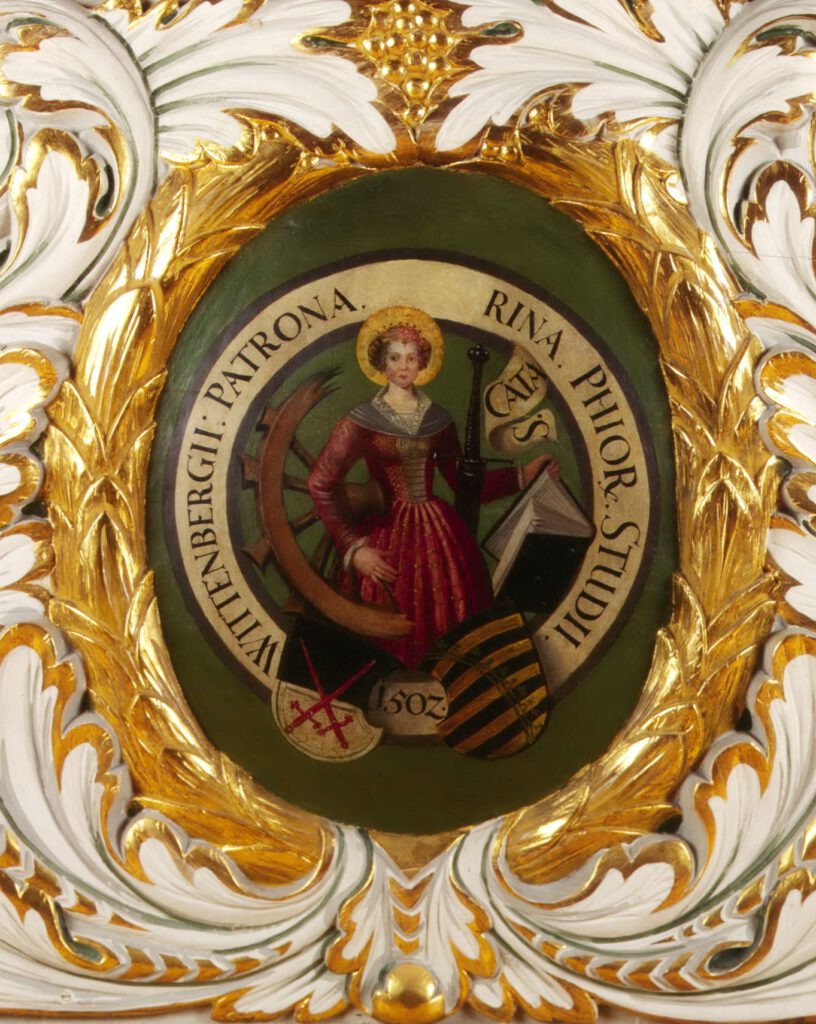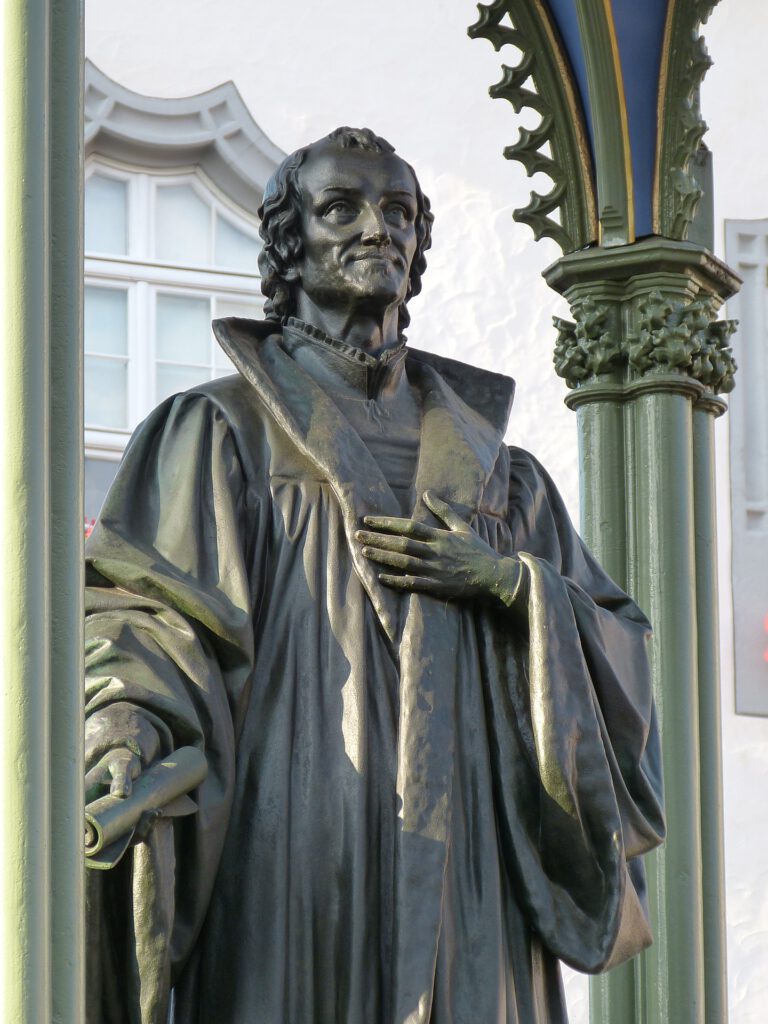The Faculties of Arts were the forerunners of the later Faculties of Philosophy. At the early modern universities they had a special position in the structure of the faculties, as did the Faculty of Arts in Wittenberg.

Here, students learned the basic academic tools. Originally, studies were structured by the Septem Artes Liberales, the Seven Liberal Arts. These included the trivium of the subjects grammar, rhetoric, dialectics, which the student completed with the academic degree of bachelor. He then completed the quadrivium of the subjects arithmetic, geometry, astronomy and music. If the student also mastered the quadrivium, he received the master’s degree.
The completed studies at the Faculty of Arts entitled him to study at the three higher faculties. Accordingly, most students of LEUCOREA were initially enrolled at the Faculty of Arts. Even if this faculty was formally the lowest ranked of the four faculties, it was of great importance at LEUCOREA and far beyond.
Numerous well-known personalities taught at the humanistically influenced Artes Faculty of the Wittenberg Alma Mater, who helped shape the change to the later Faculty of Philosophy. In addition, several reformers underwent training at the Artist Faculty or remained teaching there. The best known example is Philipp Melanchthon, who taught there as professor of Greek. His work had a decisive influence on the faculty in the 16th century and gave it great radiance. It is no accident that Melanchthon was called “teacher of Germany”.
Shortly after the founding of LEUCOREA, the Faculty of Arts underwent extensive reforms. In 1514, for example, music was added to the mathematics lectures, and in 1518 seven new professorships were created to clarify the future orientation of the faculty: three additional ones for philosophy, one each for Greek and Hebrew. In addition, one Greek, one Hebrew and one Latin professorship each were created at the “Pädagogium”. There, young students were pre-trained in the three languages before they could begin their professional studies at the Artes Faculty.
The humanistically influenced reforms formed the basis for Melanchthon’s work at the faculty from 1518 onwards. His reform efforts were characterized by a further appreciation of the languages at the faculty. Error-free Latin as well as knowledge of the fundamentals of mathematics became prerequisites for the subject lectures. Students had to be able to understand the scientific and philosophical problems discussed there. The statutes and resolutions of the faculty were decisively influenced by Melanchthon during these years, who also wrote and encouraged textbooks on the Artes subjects.
In the 17th and 18th centuries, then under the name “Faculty of Philosophy”, the faculty retained its basic function: to educate students in the philosophical, linguistic, mathematical and scientific disciplines and, potentially (because by no means all students finished their studies at the Faculty of Philosophy or planned to study there) to prepare them for studies at the higher faculties.
In the 16th and 17th centuries, the disciplines taught at the Faculty of Arts and the Faculty of Philosophy were sometimes not strictly separated from each other, which can also be seen in the professional biographies of the university teachers (see Important University Teachers). In the 18th century, a process of differentiation towards a clearer demarcation of disciplines in teaching and research began, not only at the Wittenberg Faculty of Philosophy. By the end of the century, the faculty had 31 disciplines.
At this time, too, there were members of the Faculty of Philosophy who made a name for themselves with their scientific works that spread beyond the region. But in the 18th century it was also noticeable with regard to the Faculty of Philosophy that the LEUCOREA had lost its supra-regional charisma. For example, the faculty was left behind in terms of the equipment it had with modern apparatus, instruments and collections that were appropriate to the research and teaching requirements of the time.

